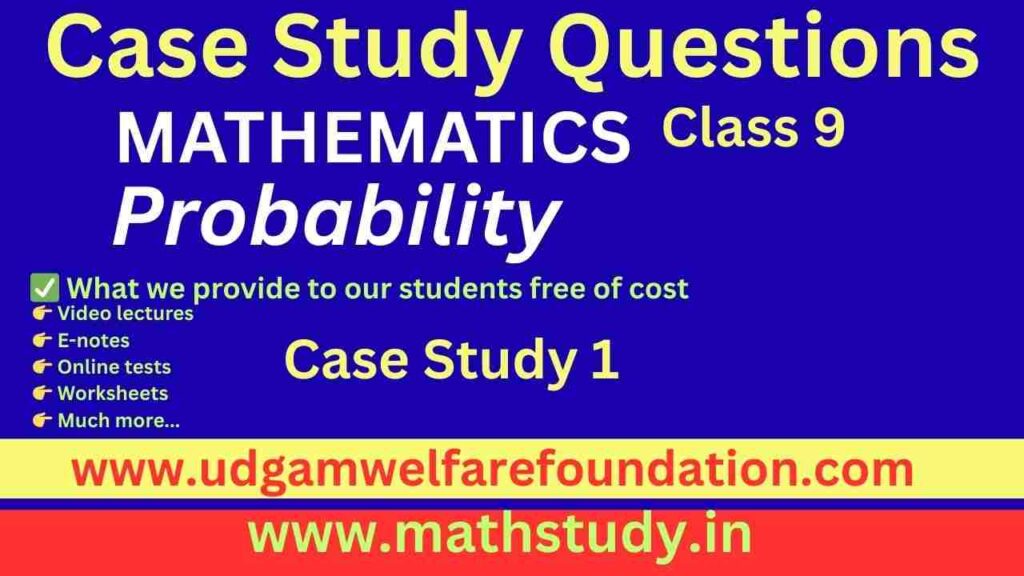Case Study Questions on Probability for Class 9
Practicing case study questions on probability for class 9 helps students understand the application of probability in real-life contexts. These include coins, dice, and cards. Moreover, online practice improves speed and accuracy. In addition, solving Probability Case Study Questions builds exam confidence. Therefore, attempting free online tests ensures proper revision.
CBSE Class 9 Probability Case Study
The CBSE Class 9 Probability Case Study section includes application-based examples and practice worksheets. Furthermore, learners can access Probability Case Study Problems for Class 9 from NCERT resources and CBSE sample papers. Short quizzes help students test their preparation effectively.
Probability Case Study Questions
Alongside probability, Case Study Questions for Class 9 remain vital. Both Class 9 Case Study Questions and Statistics Case Study Problems for Class 9 enhance logical reasoning. Additionally, combining probability practice leads to better performance.
Probability – Case Study 1
Case Study: A school is conducting a mathematics exhibition where students perform experiments related to probability. One of the experiments involves tossing a fair coin and rolling a fair six-faced die simultaneously. The school records the outcomes to study the connection between theoretical probability and experimental probability.
Theoretically, the probability of an event is defined as:
For a fair coin and die together, the total number of possible outcomes is:
Here, the coin can give Head (H) or Tail (T), while the die shows numbers from 1 to 6. The experiment helps students to understand single events, compound events, and to calculate empirical probability after repeated trials. Students also noticed that as the number of trials increases, the experimental probability tends to approach the theoretical probability.
MCQ Questions
Quiz Results
Correct Answers: 0
Incorrect Answers: 0
Percentage Score: 0%

